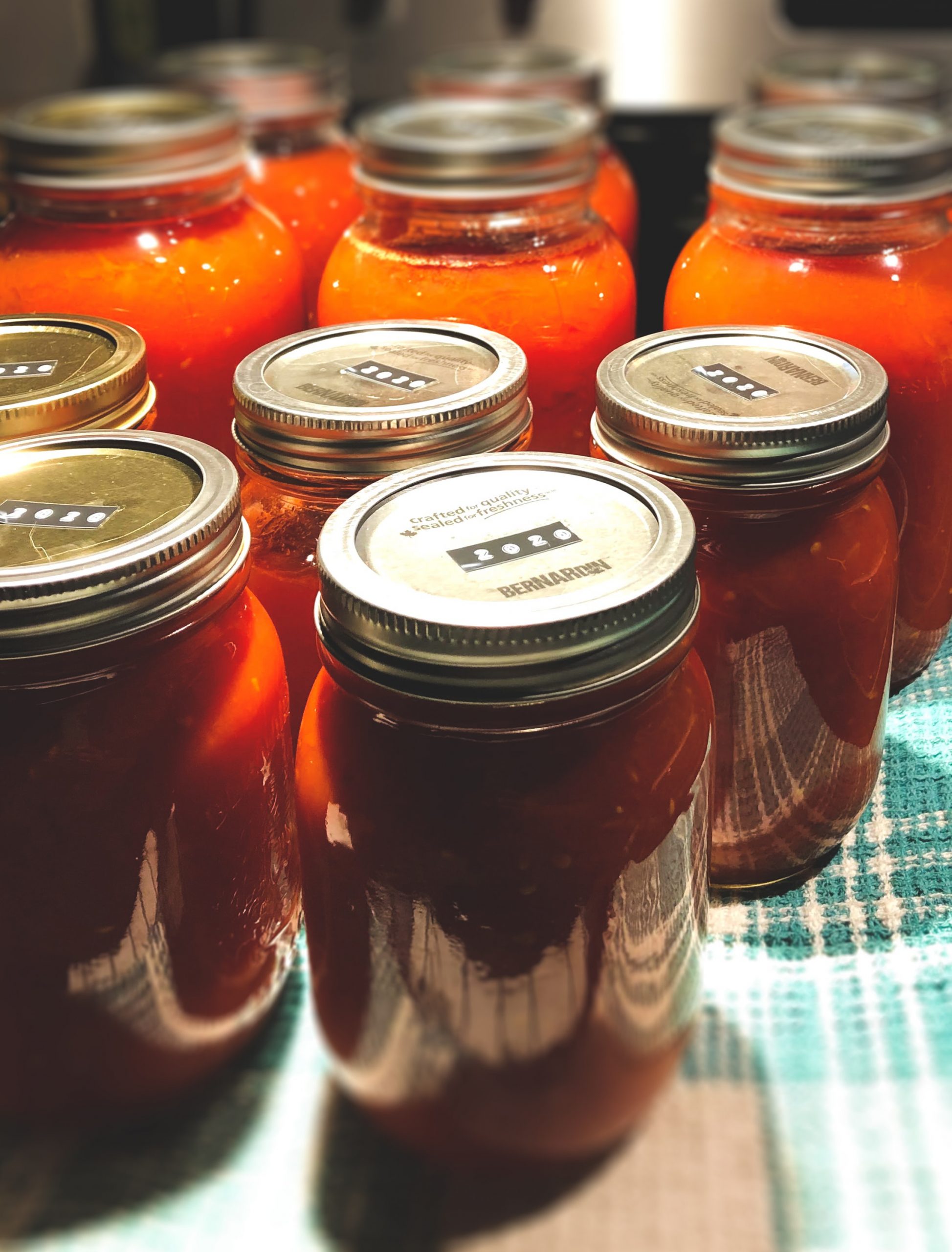A lot of progressive farmers today are no longer content to sell their produce, instead, they are looking for different business models to start a business. In India, there is an abundance of opportunities for such farmers who need a business model and start selling their products commercially after value addition. Being one of the largest producers of tomatoes, India serves as a great marketplace for the tomato ketchup business. But a common challenge for small-scale farmers is that most of them do not know how to do that effectively. They are unable to access sufficient market information and other necessary resources required for establishing a business.
In this article, we will let you through a step-by-step guide to starting a tomato ketchup business in India.

1. Growing And Harvesting The Tomatoes
Growing tomatoes is quite an easy task and they can be grown even in the backyard of a house. For growing tomatoes on a commercial scale, you will need a small piece of land. After preparing the land and sowing the seeds, you are good to go. Once the tomatoes are fully ripened you can harvest them and send them to the processing unit. To scale up the production, a farmer can also source tomatoes through an online marketplace like Farmsnation and can buy from other farmers in bulk.
2. Setting Up A Small Processing Unit
For manufacturing and processing your tomato ketchup, you will need to set up a small processing unit with the required machinery and equipment like a steam boiler, processing tank, bottle cleaning, and cutting machines. The total capital investment needed for setting up a processing unit is around 7-9 lacs and under the Pradhan Mantri Mudra Yojana, this amount can be raised easily. Loans under the Mudra scheme can be availed from public sector banks, private sector banks, or any other banks enrolled under the scheme.
You can apply online for a loan under the scheme here.
3. Preparing The Ketchup
The fully ripe tomatoes are brought to the processing unit where they are thoroughly washed and put into large steam boilers for boiling. After the tomatoes are boiled they are put into strainers where the seeds and skin are separated from the pulp. The tomato pulp is then ground into a puree in large containers where all the salts, sweeteners, and required spices are added.

4. Packaging And Labeling
Once the ketchup is ready and cooled down, it is filled up in clean bottles and labeled to be sold in the market. The packaging in a small-scale ketchup-making business can be done by employing a small workforce.

Tomato ketchup is one of the most common sauces in India. The tomato ketchup market in India is growing rapidly and with the proliferation of fast food joints and restaurants offering different cuisines, the demand for tomato ketchup has increased tremendously.
The Rising Popularity Of Homegrown Brands
Though the market for tomato ketchup is dominated by a few big brands like Heinz and Kissan, the demand for homegrown brands is on the rise in India. Today, more and more people are shifting to homegrown brands working on the lines of the ‘Farm-to-Table’ concept. So, it won’t be wrong to say that a small-scale tomato ketchup business, if planned and worked out properly, can be a profitable and cost-effective venture for farmers.
Starting a ketchup business is not as difficult as it seems. If you start small and invest wisely, then you can gain the profits that you desire. We hope this guide has been helpful to you!
